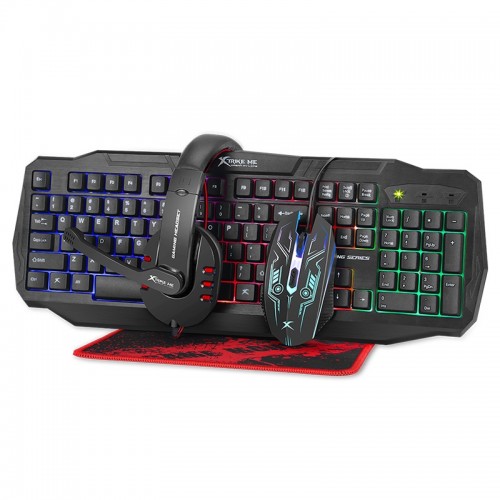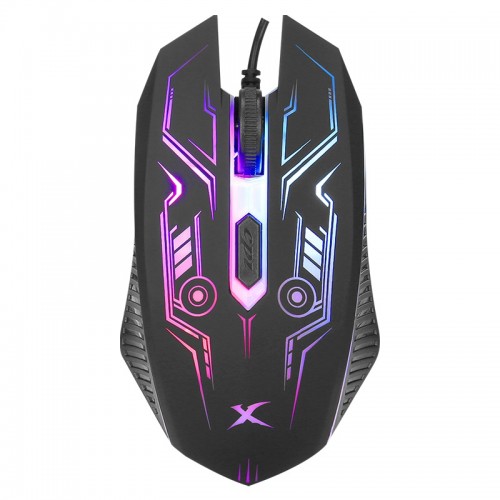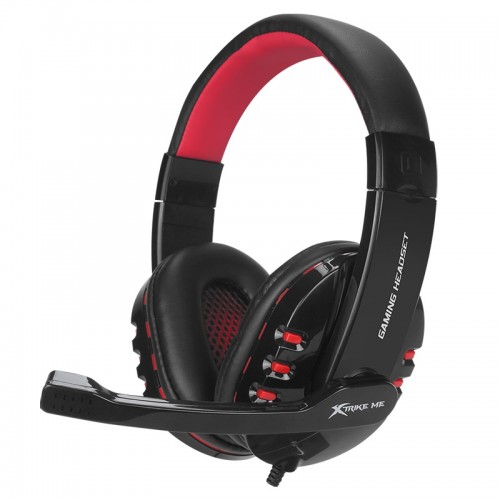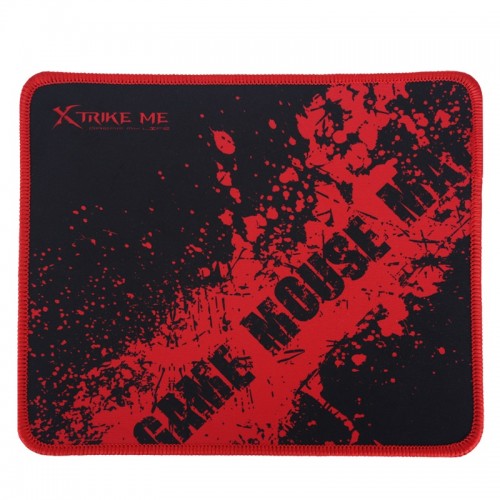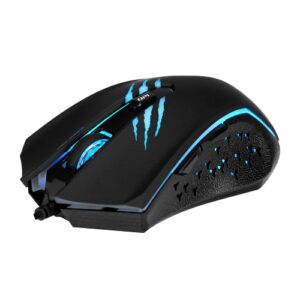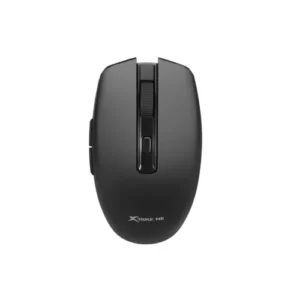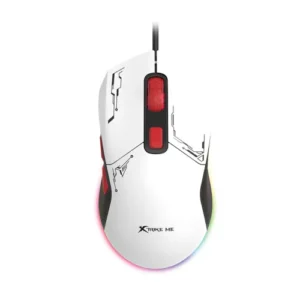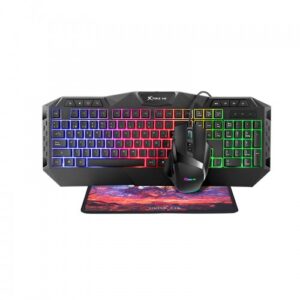Keyboard Specifications and Performance
Gaming keyboards have become essential tools for performance-driven players, and understanding their specifications is critical for making an informed choice. One of the most significant factors determining a keyboard’s longevity is the switch lifecycle. High-quality gaming keyboards typically feature switches with a lifespan of at least 10 million key presses. This durability ensures that the keyboard can withstand extensive use without compromising performance, making it suitable for both casual and competitive gaming environments.
The operating force required to register a keystroke plays a crucial role in user experience. Most gaming keyboards exhibit an optimal operating force of 57 ± 7 grams. This weight strikes a balance between responsiveness and comfort, allowing gamers to execute commands quickly while minimizing fatigue during prolonged gaming sessions. A keyboard that requires excessive force can lead to errors, while one that is too light may not provide adequate feedback, thus affecting gameplay.
Another notable feature of gaming keyboards is backlighting customization. Many models come with mixed color options, often referred to as the rainbow effect. This aesthetic appeal is not merely for decoration; it enhances usability in low-light environments—common among gamers. Customizable backlighting can also aid in creating a personalized gaming atmosphere, making each session visually engaging.
The physical dimensions of the gaming keyboard, often around 465 x 180 x 25 mm, are also worth considering. Such dimensions affect the keyboard’s footprint on the desk, potentially impacting the overall setup. Furthermore, a cable length of 1.5 meters allows for flexibility in placement, ensuring effective cable management and minimizing clutter. This combination of size and functionality enables gamers to optimize their workspace while maintaining accessibility and comfort.
Mouse and Headphone Specifications: Essential Features for Gamers
When selecting gaming peripherals, particularly gaming mice and headphones, understanding the specifications is crucial for enhancing overall performance and enjoyment. A key feature of gaming mice is the adjustable DPI (Dots Per Inch) settings, common options being 800, 1200, and 1600 DPI. These settings allow gamers to customize their mouse sensitivity based on the type of game they are playing, offering precision and improved control. Higher DPI values can facilitate swift, minimal movement across large displays, while lower settings may enhance detail in slower-paced games. Additionally, the presence of an optical sensor is significant, as it directly affects tracking accuracy.
Another notable aspect of gaming mice is their button configuration. A typical gaming mouse features a four-button setup, which provides players with the essential controls needed in competitive gaming. This configuration allows for quick access to critical commands, enhancing reaction time during gameplay. The durability of the mouse is also a vital consideration, with a lifecycle rating of 2 million clicks being an industry standard, ensuring longevity even during extensive gaming sessions.
On the headphone front, specifications such as impedance, microphone sensitivity, and headphone sensitivity significantly influence the gaming experience. An impedance of 32 Ω ensures compatibility with a majority of gaming devices, allowing for crisp sound without requiring additional amplification. Furthermore, a microphone sensitivity rating of -58 dB ± 3 dB ensures clear communication during multiplayer sessions, while headphone sensitivity rated at 105 dB ± 3 dB contributes to an immersive audio experience. Backlighting features, offering a spectrum of 7 colors, not only enhance the aesthetic appeal but also improve visibility in low-light environments, while USB 2.0 connectors ensure broad compatibility across devices. Warranty considerations for all accessories should also be accounted for, as they underscore the reliability and durability promised by manufacturers.
